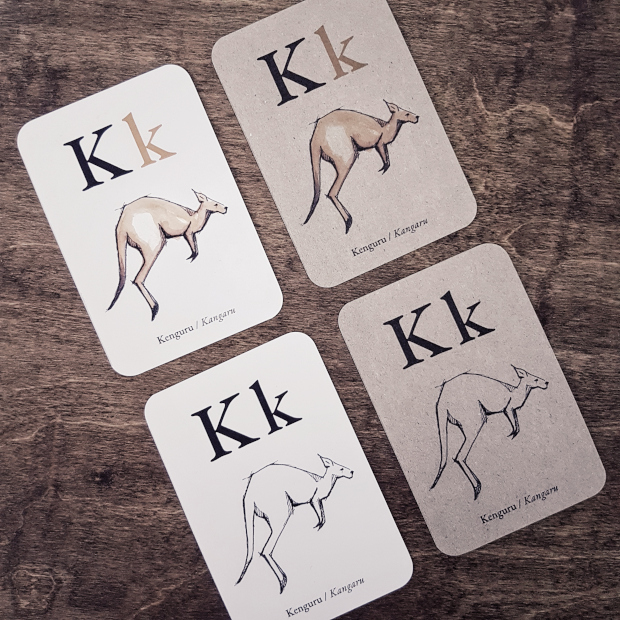DOWNLOAD AND PRINTING GUIDE
You have to take care of downloading and printing the activity books and paper toys in the webshop, so here’s a summary of what to pay attention to in order to get the best result. Please read it carefully!
Downloading the PDF
For efficient downloads, you should use Chrome or Mozilla, and make sure you have a PDF reader installed (such as the free Acrobat reader).
Since all of the graphics are available in excellent quality (which can result in a larger file size), you may have to wait for a short time (up to half a minute) for the PDF to appear after clicking the download button. In addition to the size of the files, the speed of the download also depends a lot on the speed of your internet connection. So, if you find the download slow from a mobile device via Wi-Fi, try a desktop with a faster internet, because ideally, even the largest file can be downloaded in a matter of seconds.
If you can't find the PDF after the download is complete, check the downloads folder or check the destination folder for the download, as it may have been saved elsewhere than you thought.
Paper quality
I recommend using eco-friendly, recycled 80 gram copier paper for coloring pages.
For cards and other games that require a hard card, choose thicker 160-180 gram paper. These can be handled by most printers. But if you want to be sure, check the user manual of your machine to avoid damaging the device.
It is a good idea to print color graphics on a white sheet, but they will be visible in a lighter colored paper as well with a minor distortion in color. Black-and-white graphics remain visible and contrasting on both white and lighter-colored pages. In the image below, you can see the differences in printing when printed on white paper and kraft paper.
If you want to make stickers of your graphics, use self-adhesive, printable sheets.
The color and quality of the print.
You should be aware that the quality of the image you print may differ from the photo displayed on the monitor. This is affected by many things: the type of printer, the quality of the toner, the condition of the toner cartridges, the print settings, the quality of the paper used, ... So the difference is normal. But with the correct print settings, you should get almost the same results.
If you do not want to experiment unnecessarily, check the status of your printer and the following settings carefully before printing. I suggest printing only the first page first, and then printing the rest if you like.
-
Printer selection: Make sure your printer is turned on and assigned to your machine.
-
Sheet type: If you do not want to print on special paper such as photo paper, the normal setting is adequate.
-
Color: It is recommended that you select a grayscale setting for black-and-white images and a color setting for painted images. Painted images will print much fuller in color and lighter in normal quality. Black and white images are already beautiful when printed in normal quality. Most printers also have the option to select ink-saving mode, but this can degrade image quality.
-
Orientation: PDF readers usually automatically detect the orientation of the pages and print them accordingly, so no special setting is required. If “Auto orientation” is not turned on, select “Portrait” or “Landscape” according to the current page layout.
-
Aspect Ratio: Images do not need to be scaled, they need to be printed at 1: 1, or 100%. You do not need to select borderless printing or the fit on paper option for the correct size.
Good advice
You must experience the settings listed above! If you notice a disturbing discrepancy on the first page, stop printing and change the settings. This way you don't waste a lot of paper or toner.
The instructions of the worksheets should be read before printing, but it is not necessary to print them. In the settings, you can specify exactly which pages to print.
Do not print with a cartridge that has run out, as the image may be streaked, smudged, and have distorted colors.
Date: Budapest, 11/11/2019

